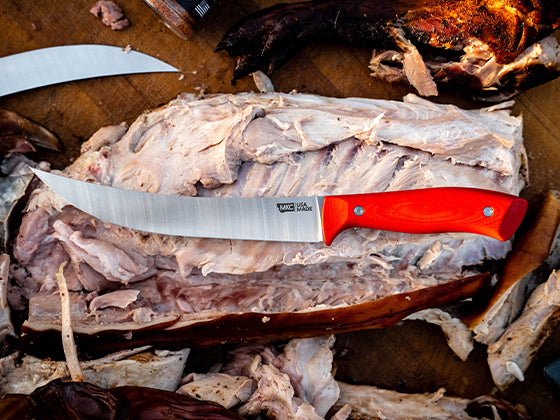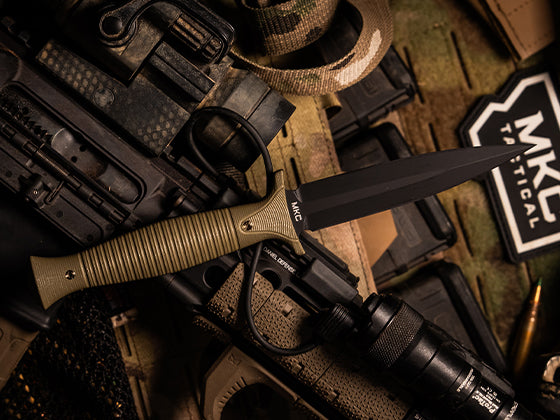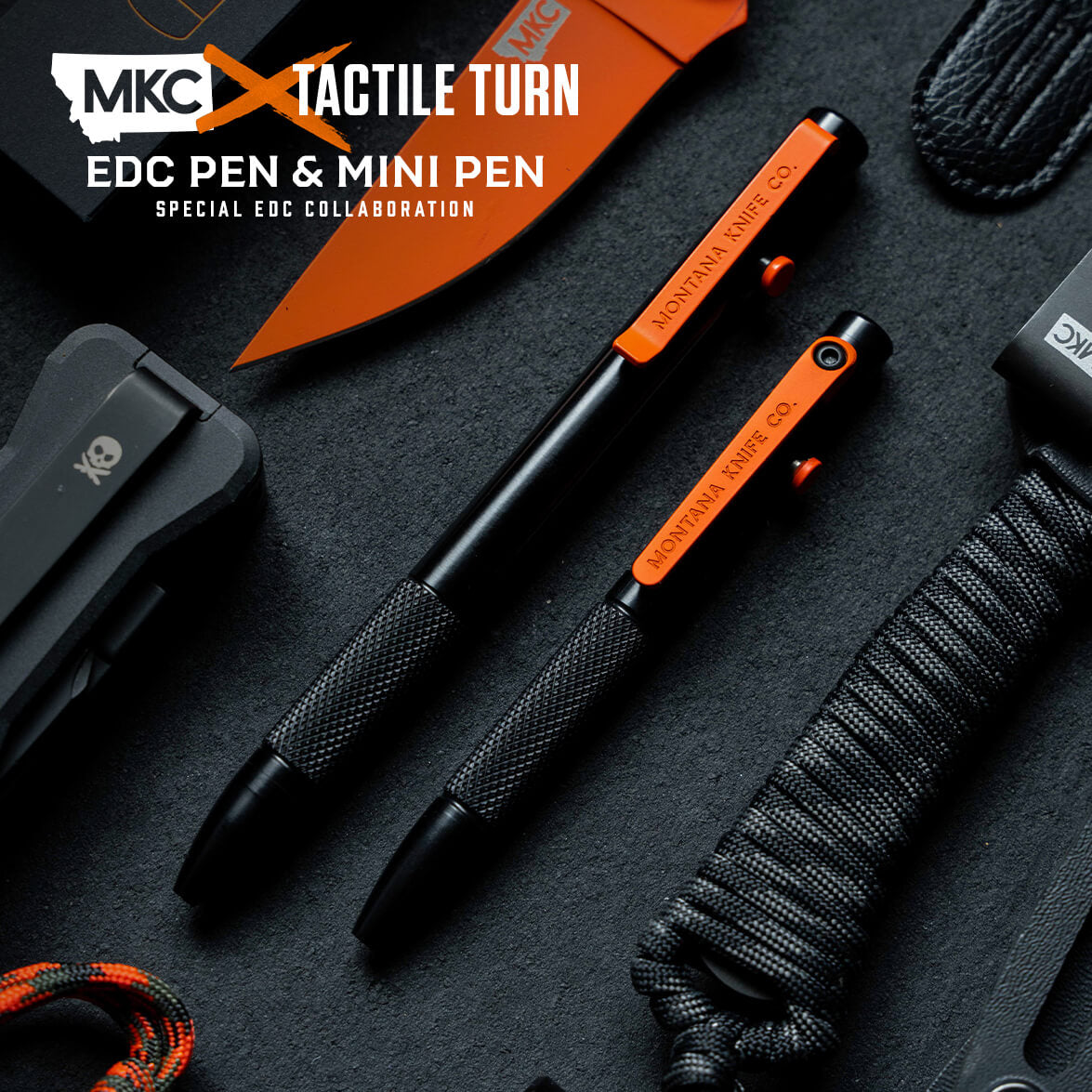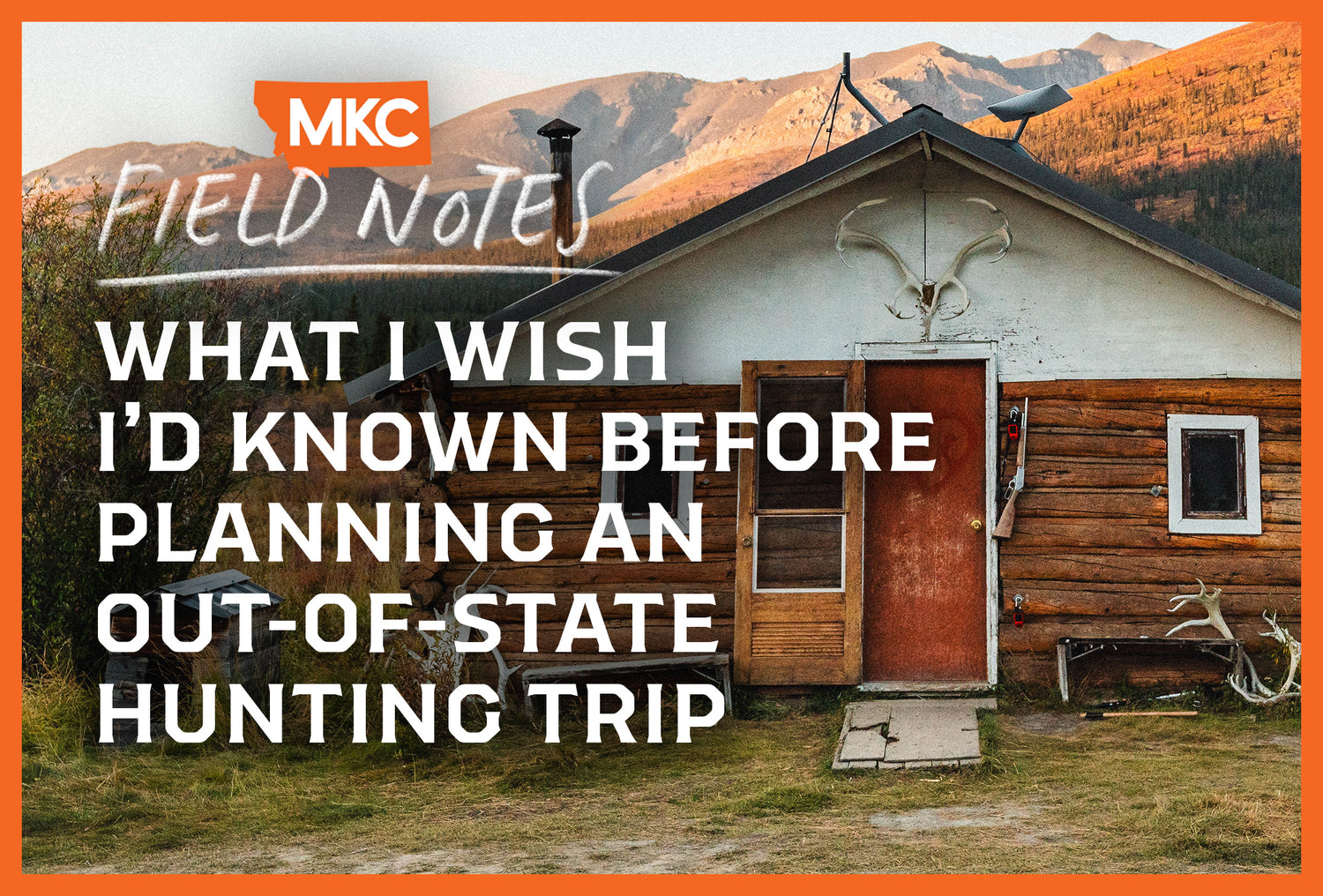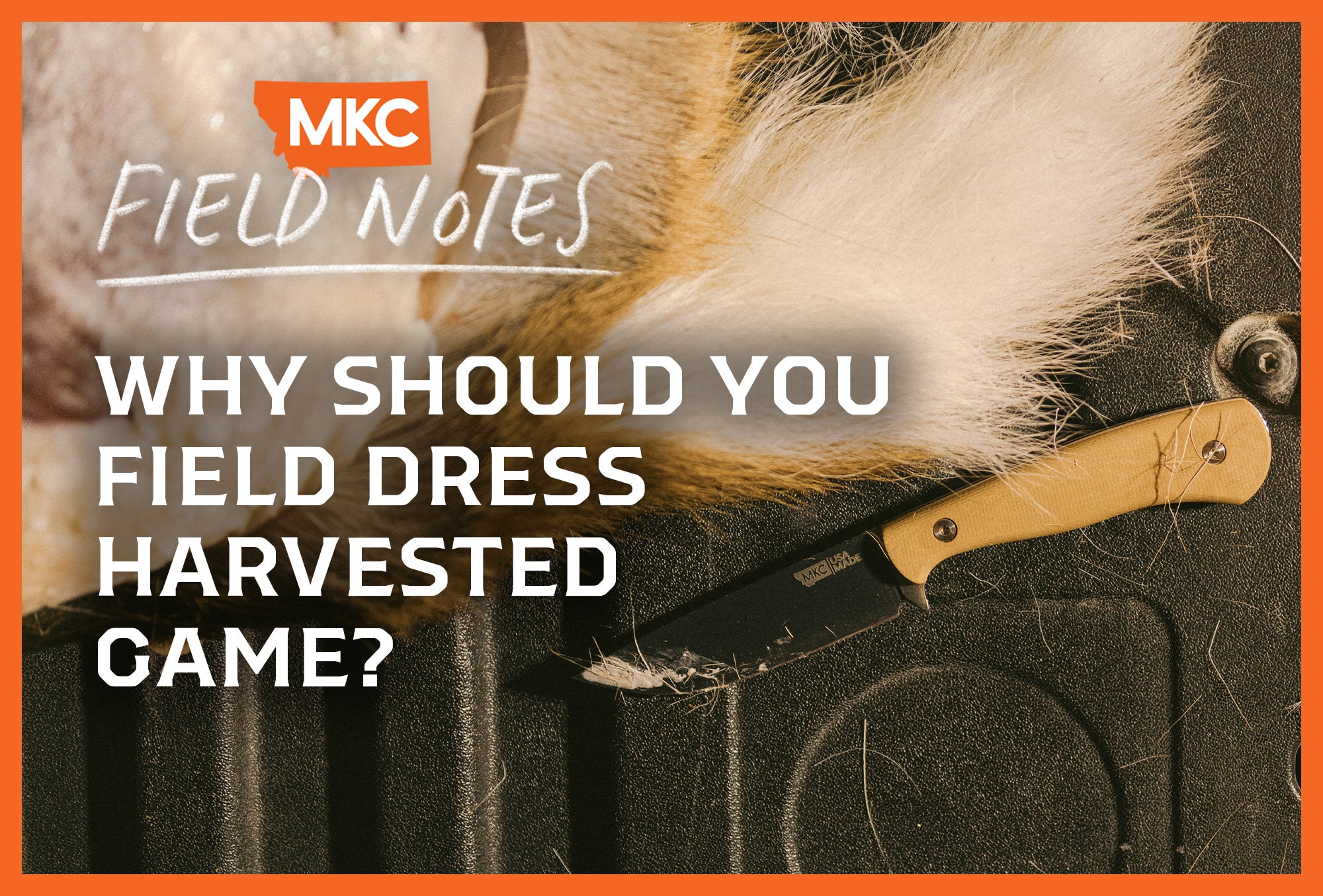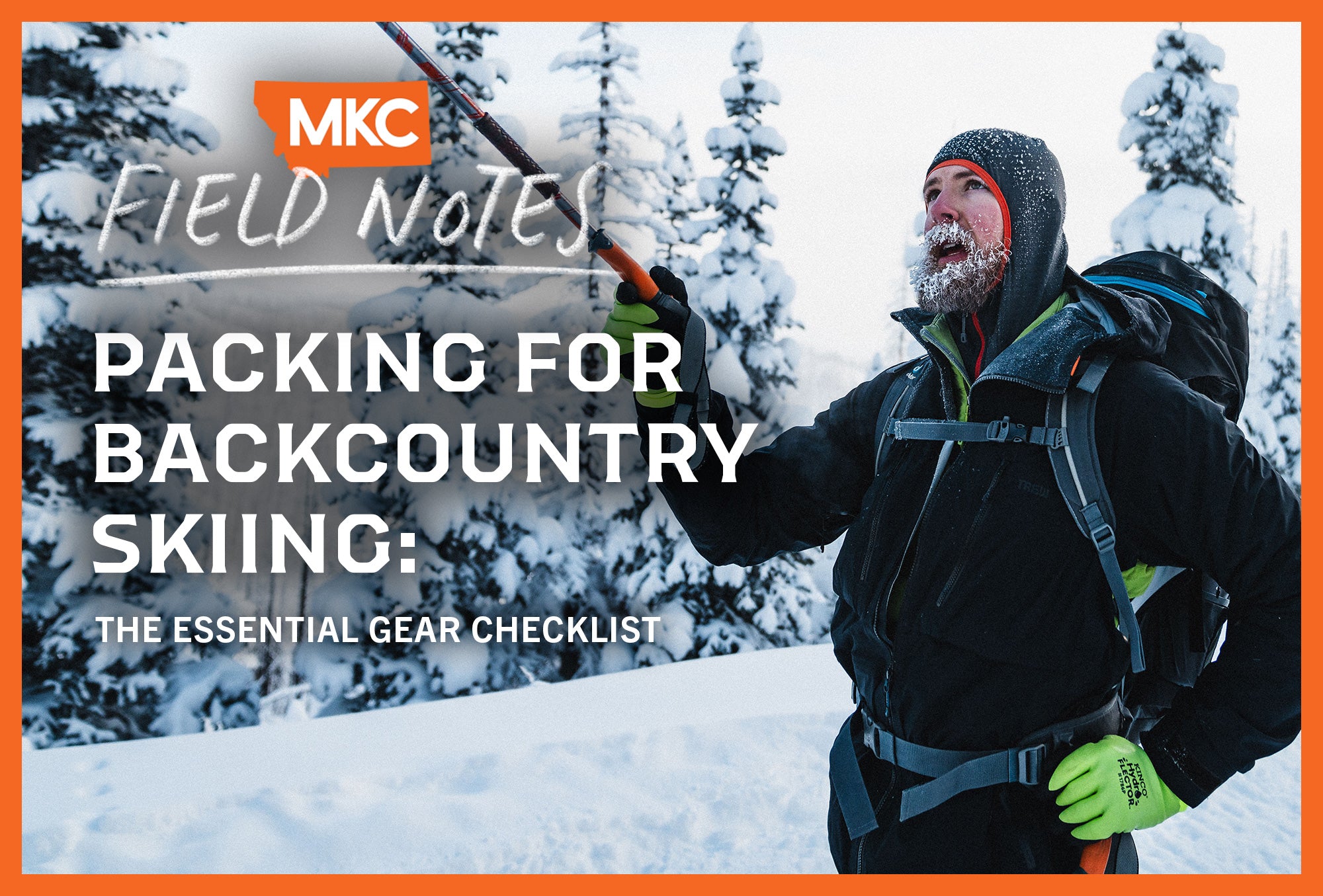I really love traveling and hunting.
It may sound cliché, but I love seeing new country. Hunting allows me to see parts of the world that most tourists never get to see — wild places, well off the beaten path.
One of my favorite regions to hunt is in the Southwestern states, like Arizona and New Mexico. The untouched landscapes full of red sand and grand cacti are so different from my native Montana, and I get to see it all out on those big ranches and public lands.
If you’re thinking about a hunting trip outside your home state, I urge you to consider taking the leap. It’s a phenomenal way to access so much hidden beauty. Sure, the logistics of hunting trip planning can be a little complicated, but you can absolutely tackle them with a little research, know-how, and determination.
Take me, for example. I may be an avid hunter, but I’m no pro, and I’ve made plenty of mistakes on my trips. Yet I regularly enjoy a great out-of-state hunt.
If I can make it work, I know you can, too. Here’s what I’ve learned from the mistakes and successes of myself and others over many years and many hunts.

2 Types of Hunting Trips
First, there are two types of travel hunting trips. There’s the one where you load everything up in your truck and drive to your destination, and the one where you hop on a plane to a different state or country. The driving variety is the easiest of the two and my personal favorite.
You can start a driving hunt in any vehicle. Contrary to popular belief, you don’t need a giant pickup truck to make it work. I once saw a buck strapped to the top of an FJ Cruiser out in the Missouri River breaks, and the license plate was from Wisconsin. This type of hunt is a lot more doable than people think, but you have to have the guts to try it (and maybe fail and try again).
Having a pop-up camper is great, but there’s excitement in roughing it, too. Back before I had a Go Fast camper, my son and I slept in sleeping bags in the bed of my truck along the interstate in Wyoming. That trip made some incredible memories I’ll always treasure.
Oddly, I love the hunting trip planning phase for these excursions. All of it — studying maps, e-scouting on OnX, packing the truck, figuring out food and sleeping arrangements — adds to the adventure.
Hunting Trip Planning: Know the Rules and Regs
Hunting trip planning for excursions in other states and countries means a whole new set of regulations. So no matter where you go, remember this: Always research local game laws and hunting regulations ahead of time.
Hunting regulations vary even among neighboring states. Not being aware of local regulations could get you in trouble with a game warden and, at worst, result in a years-long hunting suspension.
Some rules to make sure you research include:
- Where and how to attach the tag, and how to prove possession of meat
- Which electronics you’re allowed to have and use
- Whether all your gear is legal
- What you’re required to wear
Knowing which electronics you can use is deceptively important. A Garmin sight on a bow might be legal in Colorado, but it’s illegal in Montana. I’m not allowed to hunt with a lighted sight on my bow in my home state, but it may be legal in Idaho or elsewhere. I can’t stress enough that you need to look into every single law.
Even if you have to call a game warden and ask them about your setup, do it. Go over your entire kit — down to your hunter’s orange — with someone who knows the local laws from top to bottom. In New Mexico, for example, you’re not required to wear hunter’s orange. In Montana, though, you could lose your license for three years if caught without it.
To show you’re doing your utmost to hunt legally, consider keeping track of your hunt with photos and logs that show who shot what. A good-faith effort to follow the rules — like your possession limit — goes a long way with wardens.
Traveling With Guns and Ammo
Always take care when traveling with guns and ammo across state or national borders. TSA-approved locks are a necessity, as is knowing how many they require for your particular size of case.
Having the wrong lock on my gun case almost made me miss a flight to Canada. It wasn’t TSA-approved, so they cut it off and replaced it with one of their own. The problem? They never gave me the key. I ended up having to cut around the lock — literally cutting away the plastic of my case — to get it open. The case was ruined, so I had to buy a new one before flying back to the U.S.
Be sure to pack your ammunition separately from your gun, preferably in its own case. This is important even for crossing state lines, so use caution. If you drive from Montana to California with 9mm bullets in your magazine, you could become a felon overnight.
When traveling abroad, use the hunting trip planning process to double-check that all the proper paperwork for your firearm is filled out and submitted. The registration needs to match the ownership. Don’t travel into a foreign country with a gun that’s not registered to you — it won’t go well.

Bringing Back International Trophies
Unfortunately, you can’t bring every trophy back to the U.S. If you’re hunting internationally, research any restrictions on importing animal trophies during the planning phase. Some species have restrictions on quantity or size, while others, like elephants and polar bears, can’t come back at all.
Understanding these regulations ahead of time will help avoid issues at customs, not to mention a lot of frustration and disappointment.
For trophies that are allowed, you’ll have to fill out customs paperwork to bring them back to the U.S., and the associated fees aren’t cheap. I’ve had to pay around $1,500–$1,800 per animal. Budget for these expenses during the hunting trip planning phase to avoid unpleasant surprises later on.
Trophies from multiple hunters must ship separately — you can’t box them together to save on shipping. I learned this after customs denied mine because a taxidermist packed my buddy’s stag antlers in the same crate as my animals.
You’ll need to organize and set up shipping yourself, and the process may not be quick. It took me two years to get the Axis and Fallow deer I hunted in Spain.
Finally, make sure you plan out your processing and taxidermy ahead of time. Whether you’re driving to Arizona or flying to New Zealand, you need to know where you’ll get your meat processed, skull cleaned, etc. There’s no time to do the research after the animal is down.
Keep in mind any special regulations you need to follow in order to bring your prize back home. For example, you’re not allowed to travel into the U.S. with any brain matter left in an animal’s skull cavity (and yes, they do check). Make sure you source an appropriately skilled meat processor, skull cleaner/taxidermist, and any other relevant professional before you need them.
Bringing Weapons vs. Renting Weapons
If you’re driving to a domestic hunt, then bringing your own weapon often makes sense. But certain international locations are notorious for rifle theft, so if you attempt to fly with your own, it might never make it back to you. For international destinations, especially those known for theft, I recommend renting weapons or using those provided by guides.
If you choose to bring yours anyway, take the time to check zero and make sure your pins, scope, etc. are on point for your hunt. Authorities may have inspected it and compromised the settings, or you may need to re-sight your rifle for 12,000 feet elevation if you originally sighted it for 200 feet at home.
Especially for international destinations, I recommend choosing a weapon with a common ammo caliber. With a 300 Winchester Magnum, for example, you can buy extra ammo just about anywhere. You’re less likely to find new, unique calibers everywhere you go, which seriously impacts your trip if you run out or something happens to your own ammo.
Attire and Communication
Of course, it’s a good practice to check your destination’s weather during your hunting trip planning, but forecasts aren’t always reliable. Pack enough clothes to cover you for any weather event you might encounter: wet, dry, sunny, windy, cold, snowy — be ready for whatever comes your way.
Always bring at least one device that allows you to communicate with friends, family, and hunting buddies, even in a foreign country. Not just your phone, but other devices, like your Garmin InReach, need a data plan for the country you’re visiting.
Tips for International Hunting Trip Planning
When planning an international hunting trip, set aside time to recover and adjust to any jet lag. Don’t fly in and take on a punishing hike the next day. Crossing time zones affects physical performance, so give your body a day or two to acclimate before you set out.
For many international destinations, you’ll want to bring your own food and water filtration, as local sources can make you very sick. Foreign water and foods often contain pathogens your body isn’t familiar with. A portable water filter and enough freeze-dried meals for your trip go a long way toward keeping you in good hunting health.
This may seem like a hassle, but believe me, the last thing you want during a milestone international hunt is a churning stomach — and what comes after.
On a related note, pack some baby wipes and maybe even some cream for chafing, too. If trouble strikes, chaffed thighs or cheeks make the experience even more unpleasant.
Be sure to bring along medications you might need for altitude sickness, as well as general first aid items.
Check on what your health insurance covers when you’re traveling to a foreign destination. Many people opt to purchase additional policies so they’re covered in the event of a broken limb, serious injury, life flight, etc.
Planning an Out-of-State Hunting Trip: Final Thoughts
Out-of-state hunts can truly be the trips of a lifetime, especially if you save up and prepare for a special international excursion. While good hunting trip planning isn’t necessarily easy, it’s doable if you tackle it carefully and methodically.
I hope what I’ve shared — gleaned from my own and my friends’ personal successes and failures — helps you plan something even better for yourself!
by Josh Smith, Master Bladesmith and Founder of Montana Knife Company


























